1. The Rotor
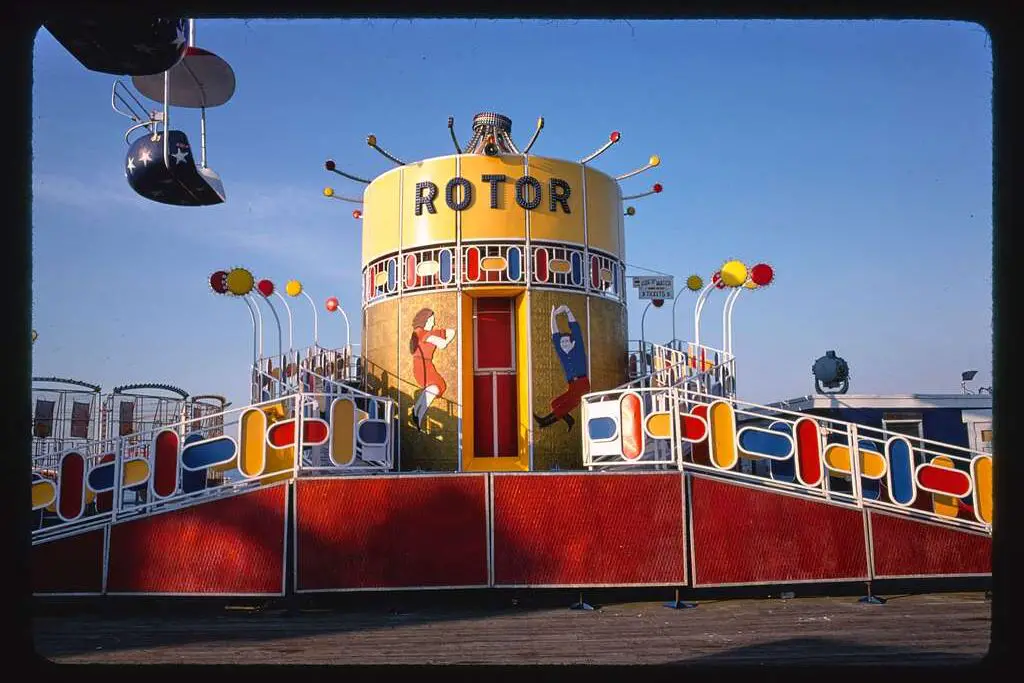
Back in the day, The Rotor was the ultimate thrill ride—at least for those who could stomach the experience. Riders would enter a circular chamber, stand against the wall, and experience a spinning sensation so intense that the centrifugal force held them in place as the floor dropped away. While this might have been fun for thrill-seekers back then, today’s safety standards wouldn’t allow such a ride. The lack of restraint systems and the minimal focus on safety barriers make The Rotor a ride that definitely wouldn’t pass modern safety checks. Even though it was discontinued in many places, the memories of spinning wildly in place still linger.
In modern times, such rides would need to have a far more reliable safety system, including harnesses and more secure structures. With the added emphasis on ride safety protocols, The Rotor would likely face major redesigns—or just be permanently shelved. If you’re thinking of giving it another go, the closest you’ll get is remembering the thrill of a ride that’s far too risky for today’s standards.
2. The Looping Starship
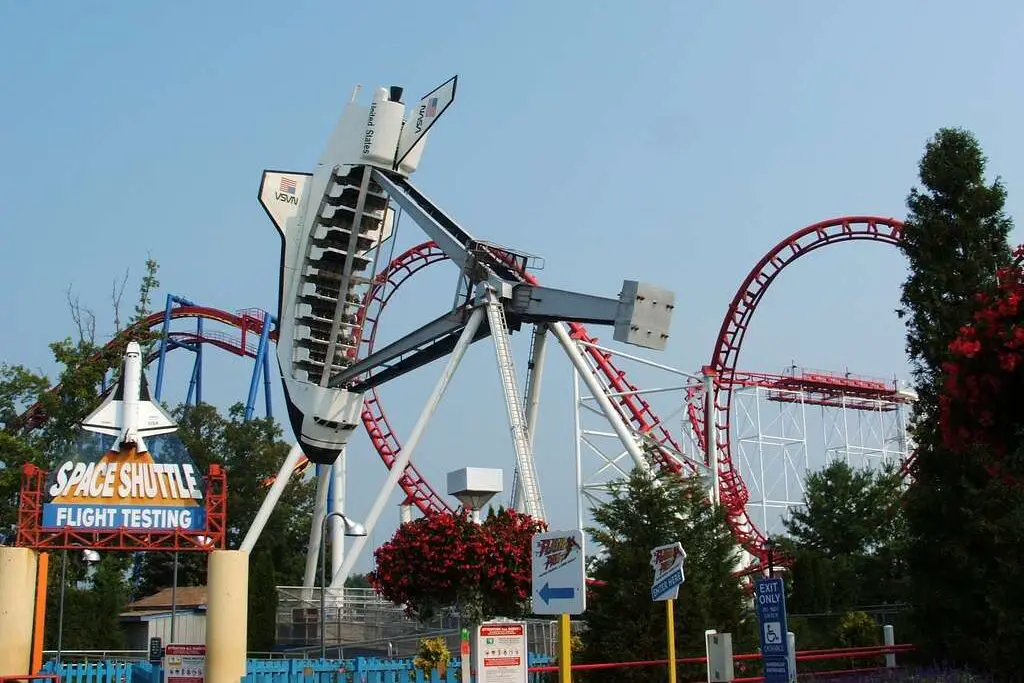
The Looping Starship once promised an exhilarating experience, swinging riders back and forth while flipping upside down in a simulated space voyage. Riders would feel as though they were on a crazy, out-of-control journey. But despite its popularity in the past, this ride wouldn’t make the cut today. With riders strapped into a set of basic shoulder restraints and no real locking mechanisms in place, The Looping Starship poses major concerns regarding potential injuries.
Modern safety regulations demand much more robust systems, with thorough checks and secure fastening mechanisms. While the ride’s wild, carefree motion may have been fun in its heyday, the updated focus on ensuring riders’ safety—especially on high-risk inversions—means this beloved attraction would be a thing of the past in today’s parks.
3. The Wild Mouse Coaster
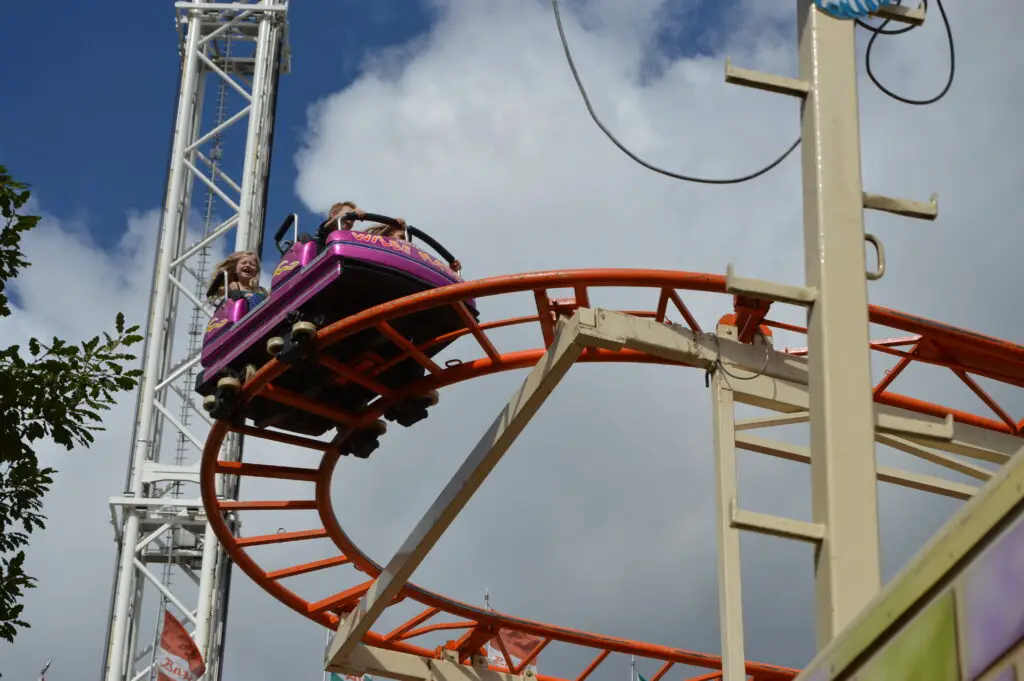
Short, jerky, and filled with tight, sharp turns, The Wild Mouse Coaster has always been a thrill for adrenaline junkies, but it’s also one of the rides that would never meet safety standards in the present day. The coaster cars were notorious for their rough handling, creating a sense of out-of-control thrill as they darted around hairpin curves and sudden drops. While this was part of the fun for many, the rapid, unpredictable movements can lead to neck injuries and back pain.
Given today’s emphasis on smoother rides with more control, The Wild Mouse would need extensive modifications to meet safety regulations. The erratic movements and lack of proper head support would have to be addressed before this ride could be deemed safe enough for a modern park.
4. The Caterpillar Ride
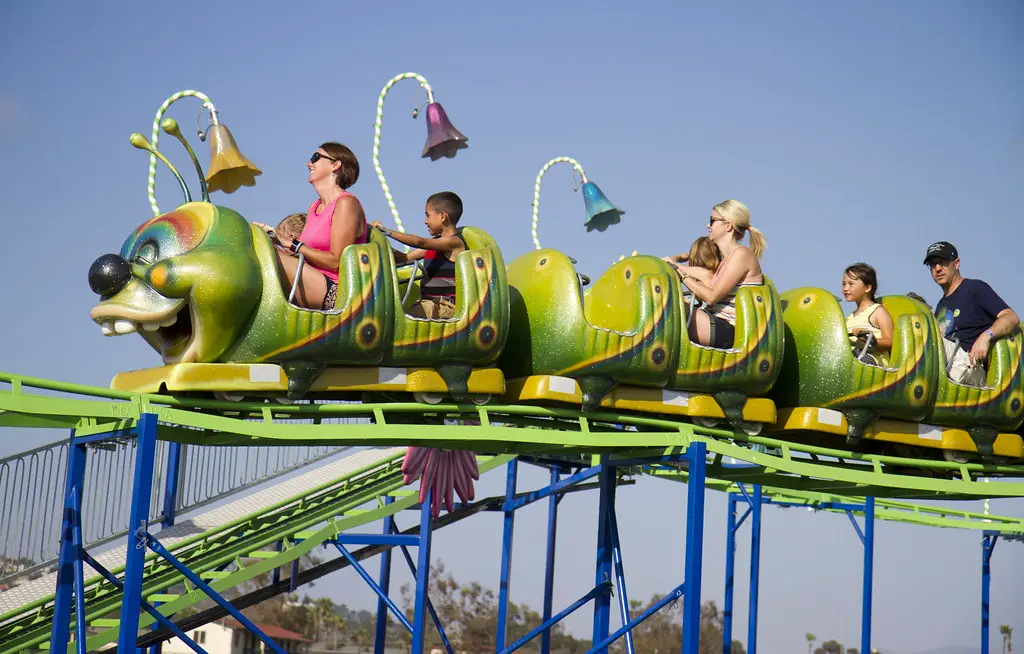
This classic ride used to be a favorite for families with young children, taking passengers through a slow, dark, enclosed tunnel while twisting around. The problem? The cramped cars, often made of flimsy materials, weren’t the most secure or comfortable. Safety harnesses were minimal at best, and the overall ride could be downright claustrophobic for some. Today, such an experience would have trouble passing modern safety tests, which emphasize secure, stable seating and clear safety protocols.
Though it was once a staple at many small parks, the Caterpillar would face major hurdles if it were introduced today. Updated standards for ride seating and safety barriers would likely render this ride impractical, if not outright impossible, to run as it once was.
5. The Tidal Wave
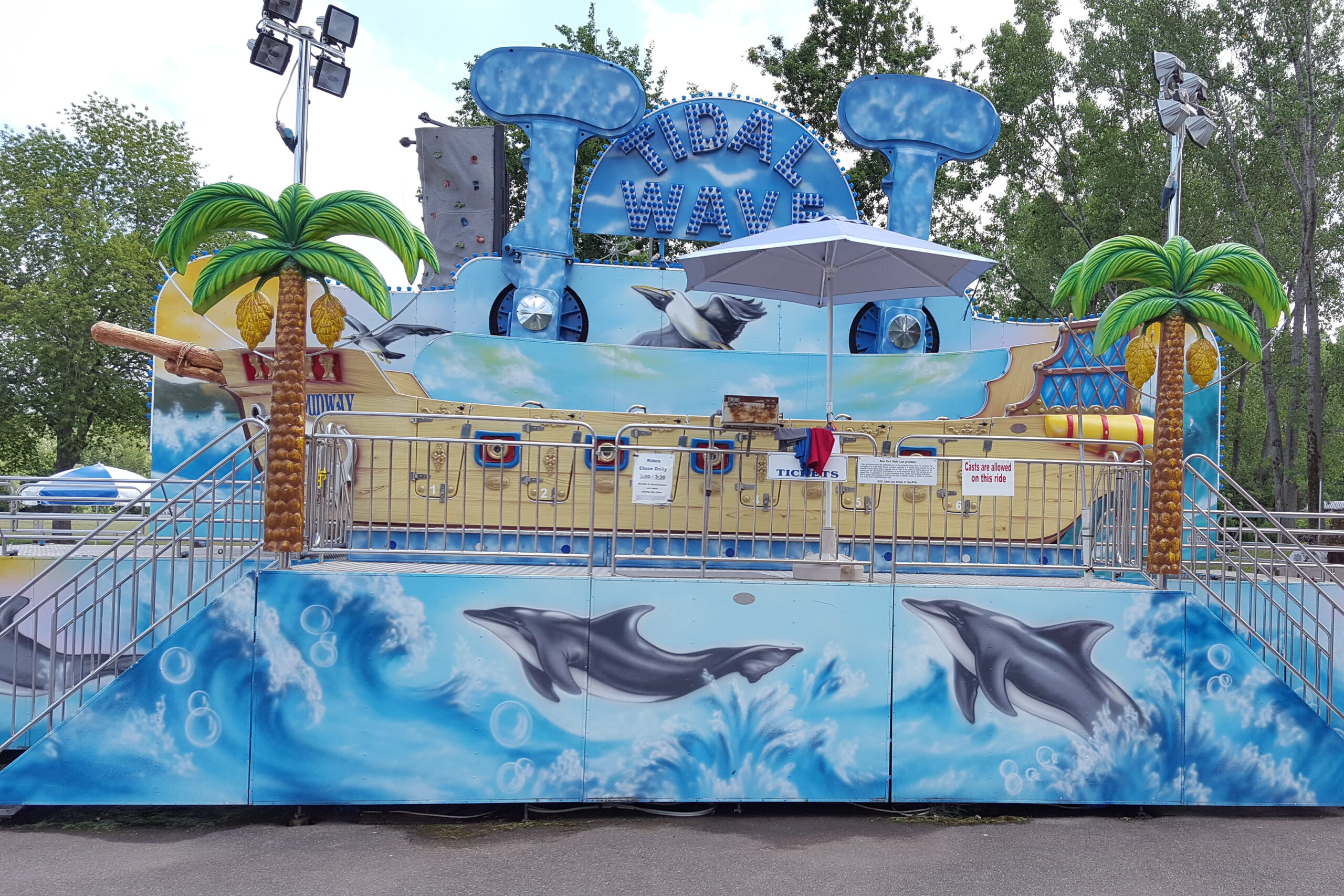
A towering, soaking water ride that sent riders down steep hills, the Tidal Wave was a thrilling way to cool off. However, its steep drops and narrow tracks would now be viewed as a major safety hazard. Many of the older water rides were built without today’s standards for guardrails, seat restraints, and emergency stop mechanisms, which could make this ride incredibly dangerous by today’s rules.
In addition, water pressure concerns and the risk of people becoming airborne during the drop would make it nearly impossible to replicate this ride without major modifications. With the focus on rider safety and water integrity, the Tidal Wave wouldn’t make it through modern safety checks.
6. The Paratrooper
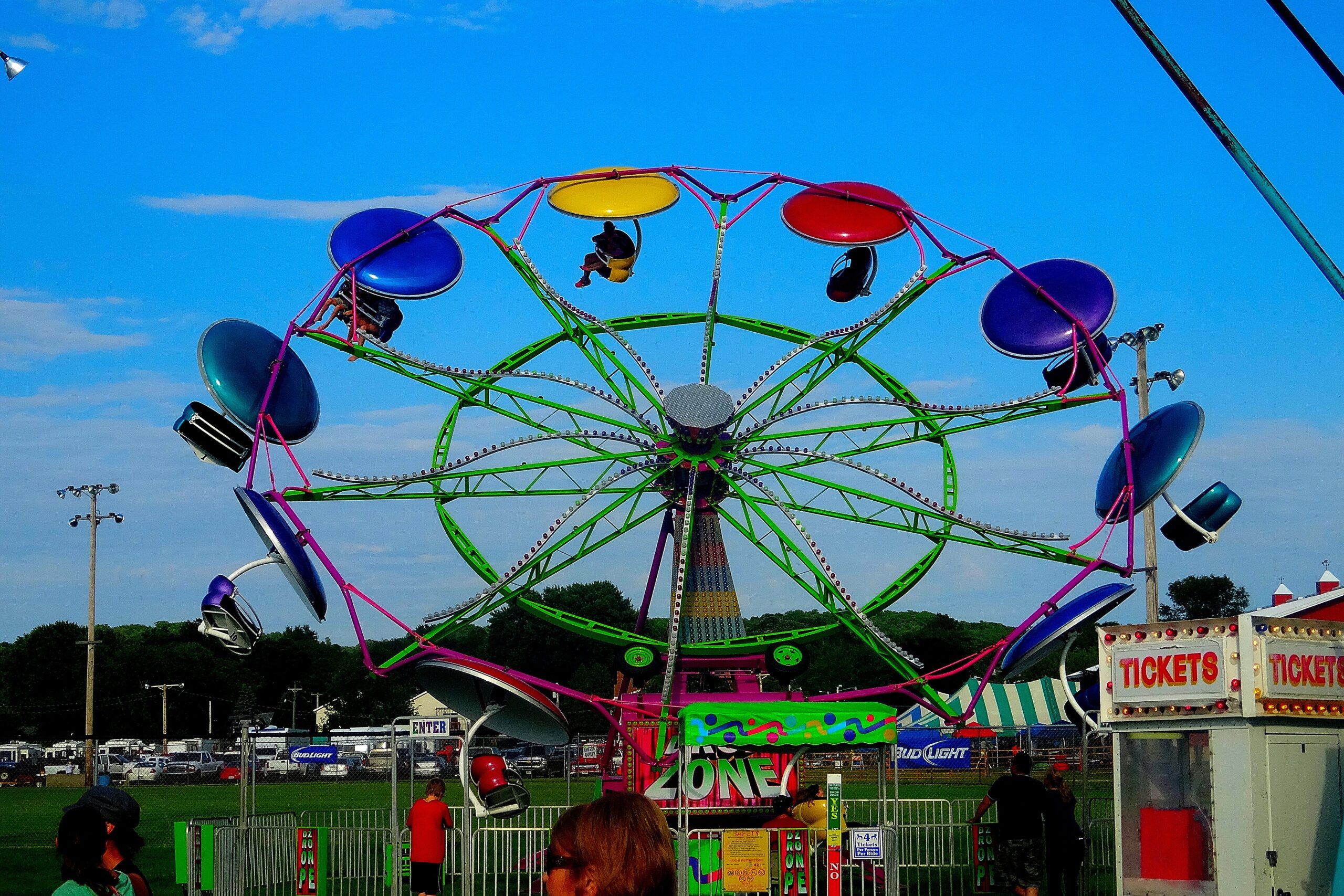
One of the most unique rides of its time, The Paratrooper lifted riders in a series of metal gondolas that spun as they rose and fell. It provided a feeling of weightlessness but also involved very little in terms of secure restraints. Riders could easily move around or, in some cases, slide from side to side. This lack of stability is a major red flag for today’s safety standards.
To meet modern regulations, The Paratrooper would need complete reworkings of its seating arrangements and a complete overhaul of the restraint system. Without proper restraints, the ride would be far too dangerous to operate in today’s safety-conscious environment.
7. The Turbo Drop
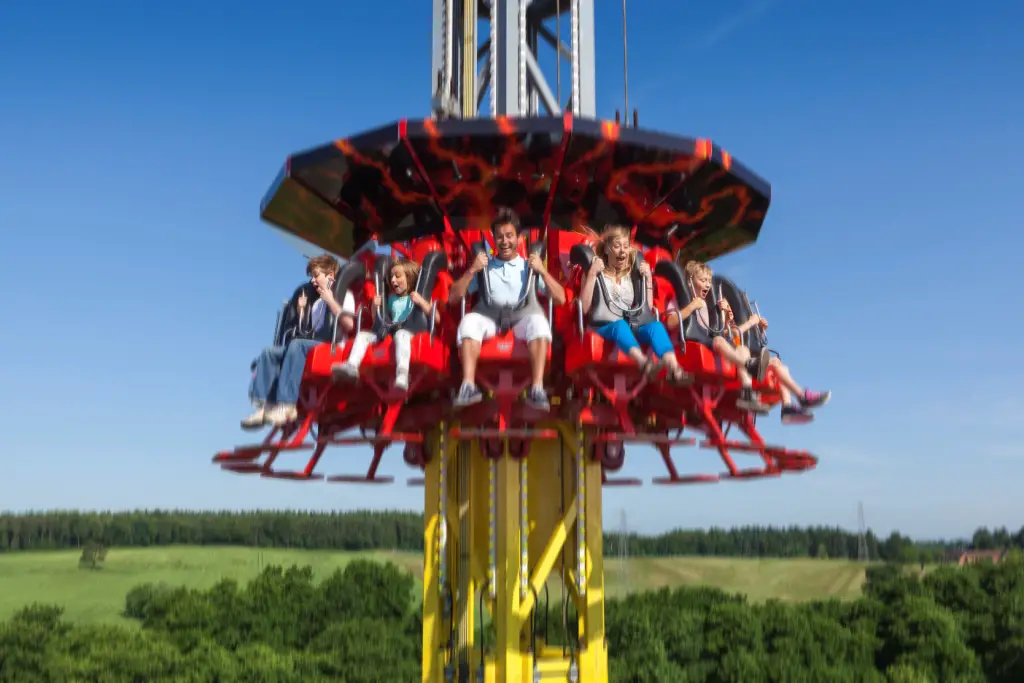
The Turbo Drop gave riders the sensation of free-fall by sending them down a sheer drop from towering heights. While thrilling, the ride posed significant risks with minimal restraint systems. Passengers were often only loosely harnessed, and the sudden drop could lead to injuries, especially for anyone who wasn’t properly secured.
Modern rides have learned from these issues, using complex restraint systems to ensure passengers are securely held in place during sudden drops. For safety reasons, the Turbo Drop in its original form would likely be too dangerous for today’s standards, requiring substantial redesign.
8. The Big Wheel Ferris Wheel
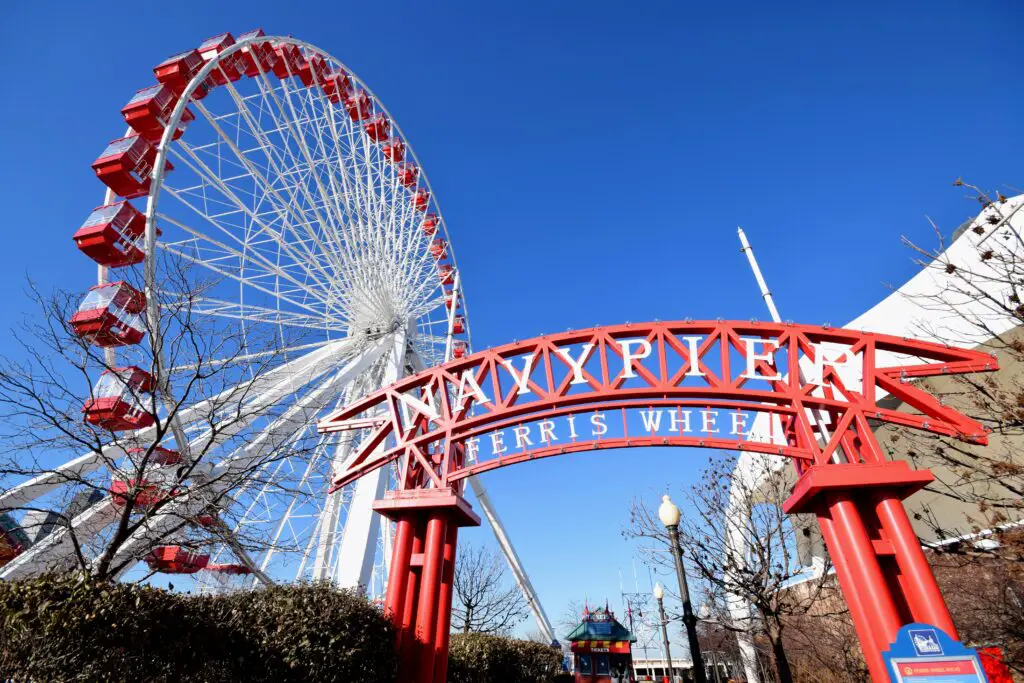
Though Ferris wheels are generally considered safe today, the older models—like the Big Wheel—could never pass today’s safety inspections. The Big Wheel had large, open seating compartments with minimal safety measures, such as flimsy barriers that didn’t fully prevent people from falling out. The design was also more exposed to the elements, making it prone to weather-related hazards, especially during storms.
Today’s safety protocols require enclosed cars with reliable, tamper-proof locking systems to prevent accidents. Even with a massive overhaul, the Big Wheel’s aging design would be hard to bring up to code in a way that would satisfy current safety requirements.
9. The Rock-O-Plane
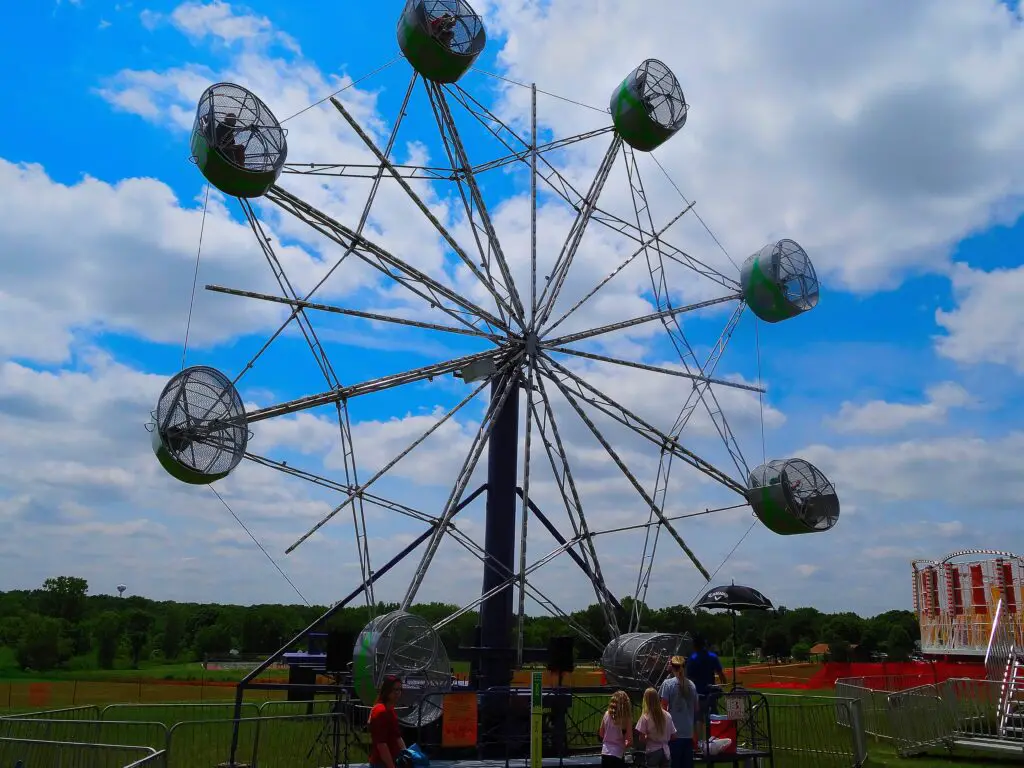
One of the most terrifying rides of the mid-20th century, the Rock-O-Plane allowed riders to control their own spins while strapped into a single lap bar. While this may have been exhilarating for the thrill-seekers of its time, it was also incredibly unsafe. The lack of secure restraints meant that riders could easily be thrown from their seats, especially during the ride’s intense rotations.
With today’s focus on safety and strict control measures for amusement park rides, the Rock-O-Plane would be deemed far too risky to operate. The inability to guarantee rider safety during spins and flips would lead to it being shut down or heavily modified.
10. The Whip
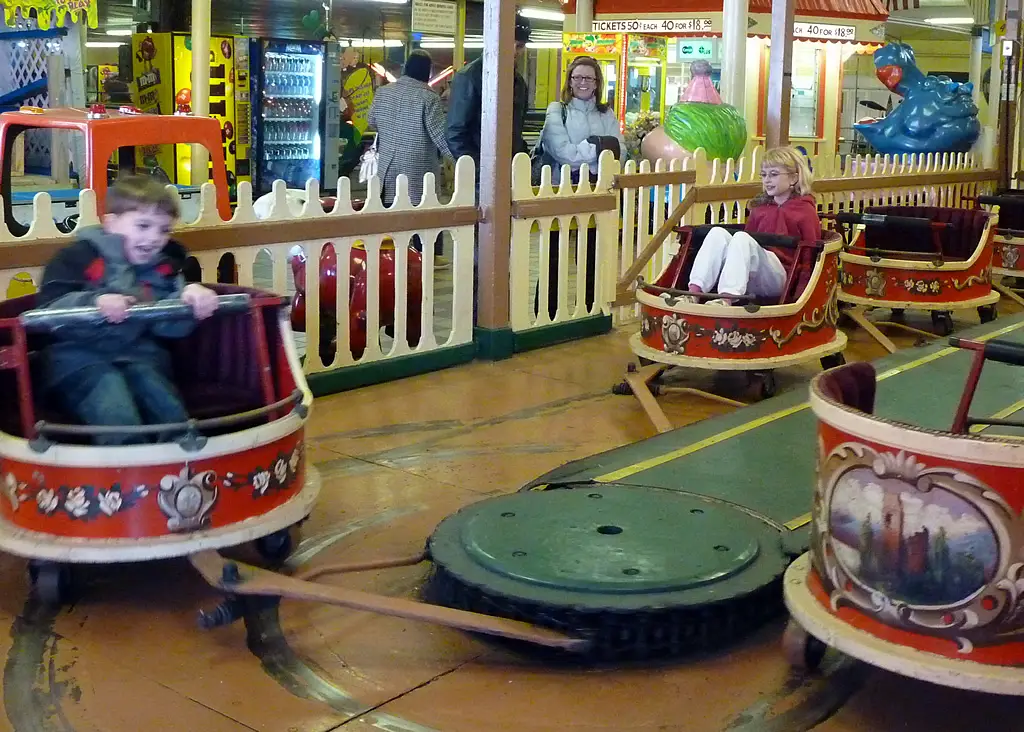
The Whip ride was a classic staple of many amusement parks, where riders were whipped back and forth along a curved track at high speeds. The ride’s high speed and jerky movements made it thrilling, but the lack of seat restraints and the jarring forces on riders’ bodies would be a serious concern by today’s standards. Riders could easily be thrown from their seats or injured by the rough movements.
Today’s amusement parks require rides like The Whip to have secure seat belts, lap bars, or even over-the-shoulder restraints to ensure rider safety. Without these modifications, The Whip would likely be a thing of the past, unable to meet today’s safety standards.
11. The Skyliner
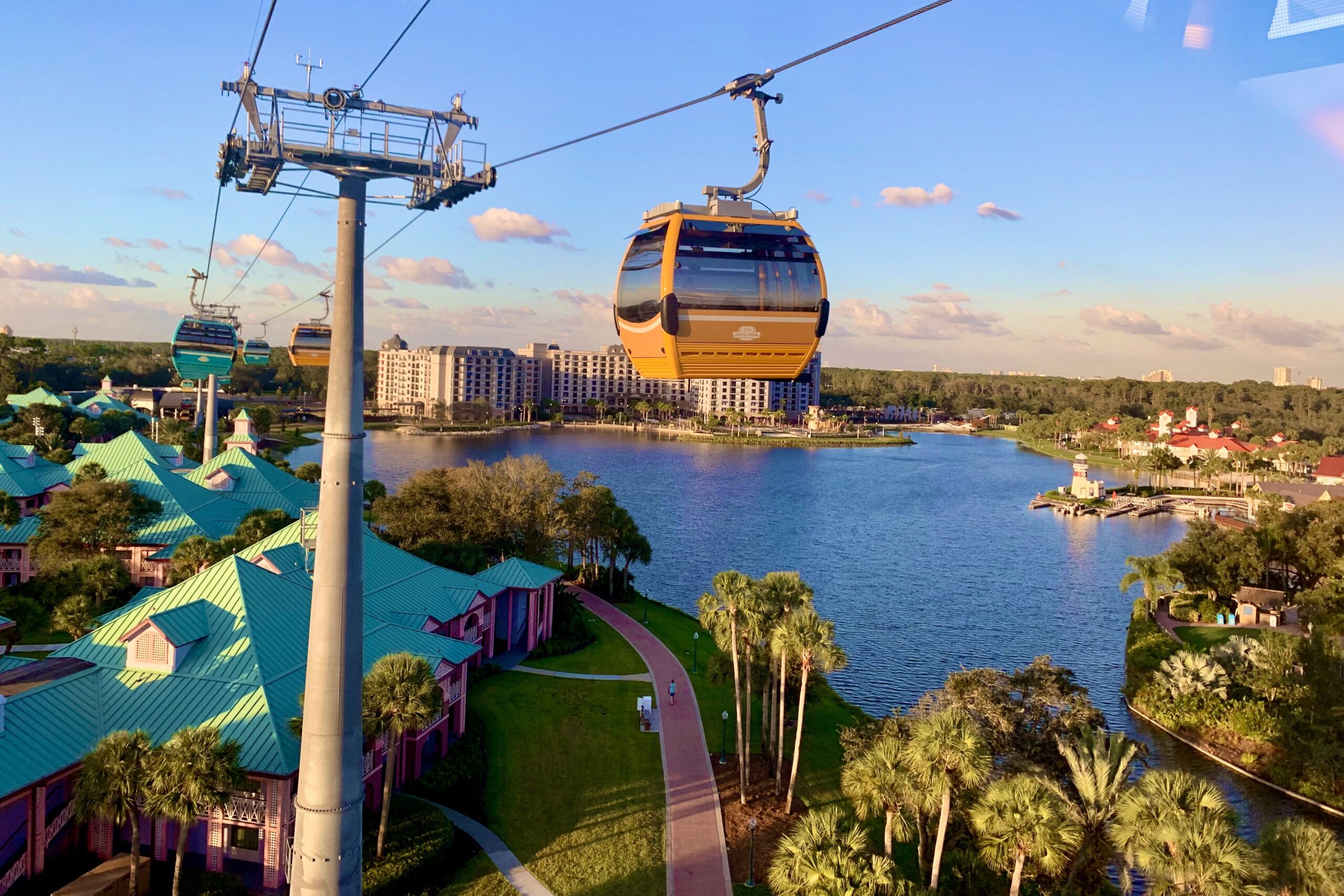
The Skyliner was a cable car ride that offered a scenic view of the park. However, it was notorious for its lack of proper restraint systems, with many riders feeling a little too exposed to the elements. With a high risk of falling and minimal protection, the Skyliner would not be allowed to operate under modern safety laws, which require secure seat belts, harnesses, and sufficient safety barriers.
Even the swaying of the gondolas in strong winds could cause problems, potentially making this once-loved ride a thing of the past. Its high-risk nature would force modern parks to choose safer alternatives.
12. The Haunted Swing
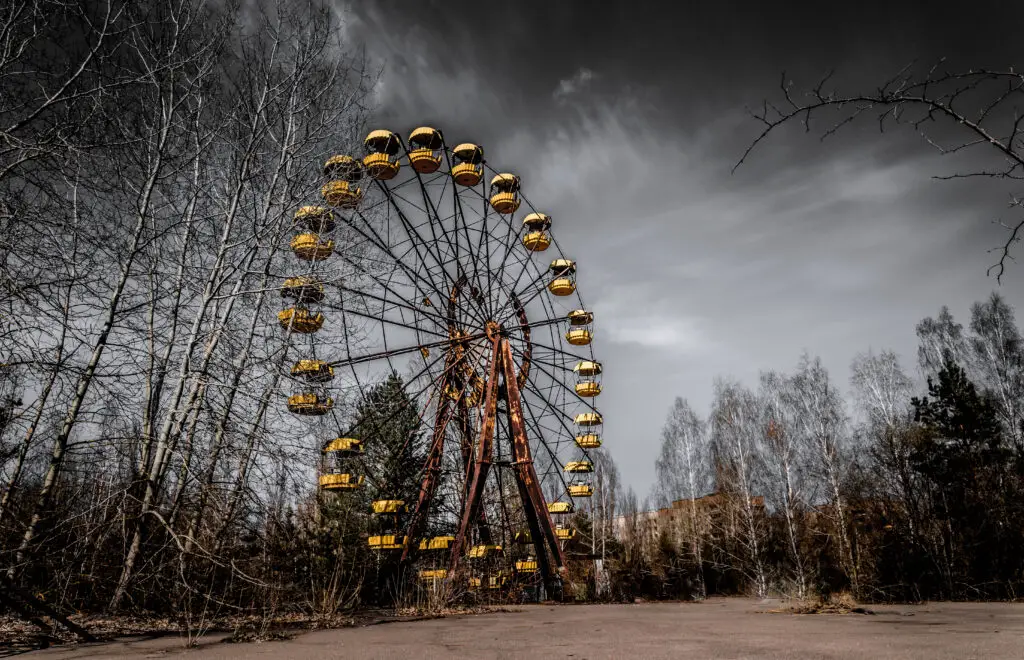
The Haunted Swing was a beloved attraction for those who enjoyed a creepy, thrilling experience mixed with swinging motions. Riders would experience an eerie feeling of being swung high while being enveloped in a misty, spooky atmosphere. However, the unrestrained swings combined with the spooky visual effects would pose serious risks, especially if riders were thrown from their seats.
To meet modern standards, the Haunted Swing would need to undergo significant changes in terms of its restraint system and rider security. Without proper safeguards, this ride wouldn’t pass safety checks in today’s world of amusement parks.
13. The Hully Gully
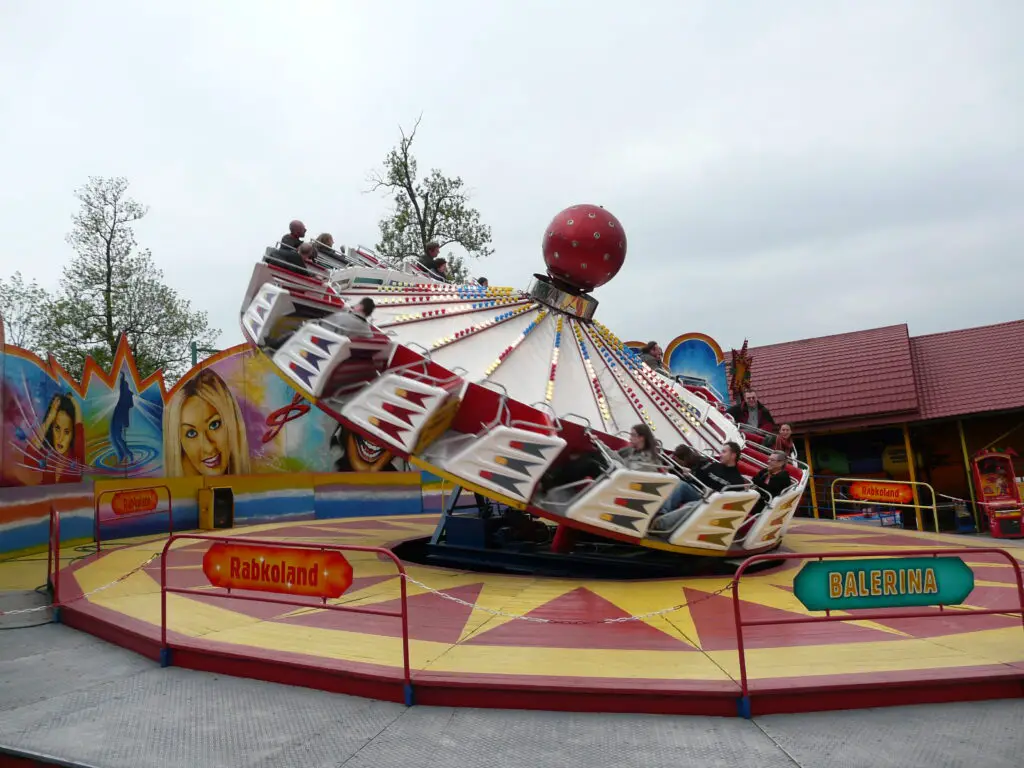
This ride used to send passengers spinning in a circular pattern while a wobbly platform shifted underneath. While it was fun for the time, the platform’s instability and lack of proper restraints meant that riders were at risk of being thrown off, especially when the ride reached its peak speeds. Today, any similar ride would need reinforced platforms and secure harness systems to keep everyone safe.
The wobbly design of the Hully Gully would have trouble passing modern-day safety standards without a complete overhaul of its structure and rider protection mechanisms.
14. The Adventure Ride
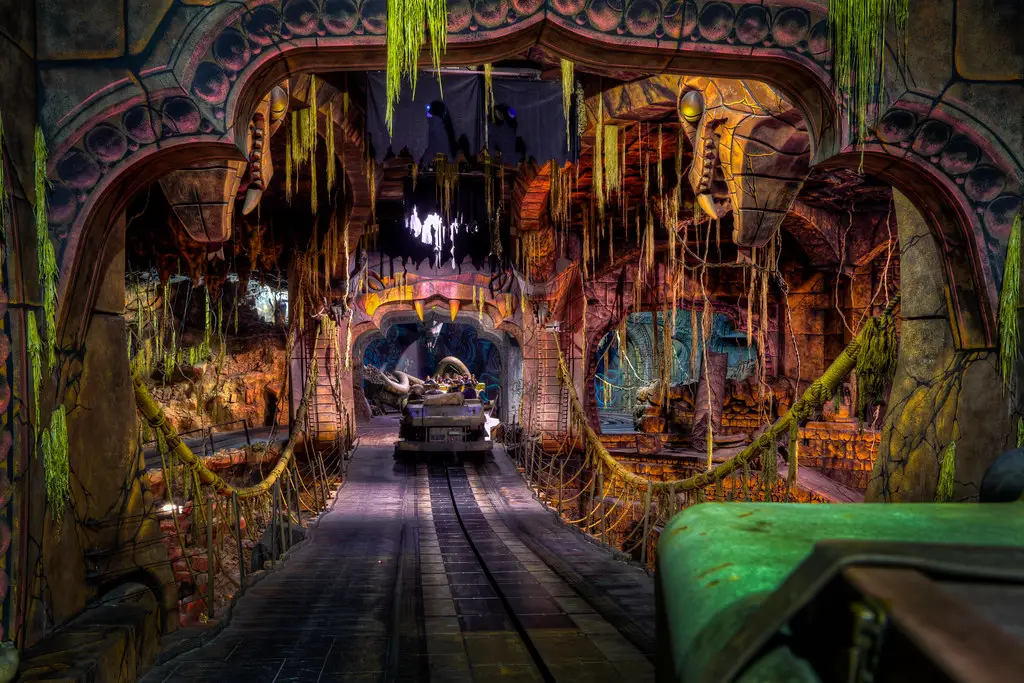
This ride promised excitement by dropping passengers into total darkness before speeding through tight, twisty turns and sudden drops. While it was thrilling, the minimal safety measures—such as only a lap bar and no over-the-shoulder restraint—would not meet modern standards. The Adventure Ride’s track layout, which included sharp turns and sudden drops, could easily lead to injury if the riders were not properly secured.
Today’s rides are designed with multiple layers of restraint and more gradual movements to prevent injury, making the Adventure Ride’s original design too dangerous to meet safety regulations. Any modern version would need a complete redesign to ensure the safety of its passengers.
